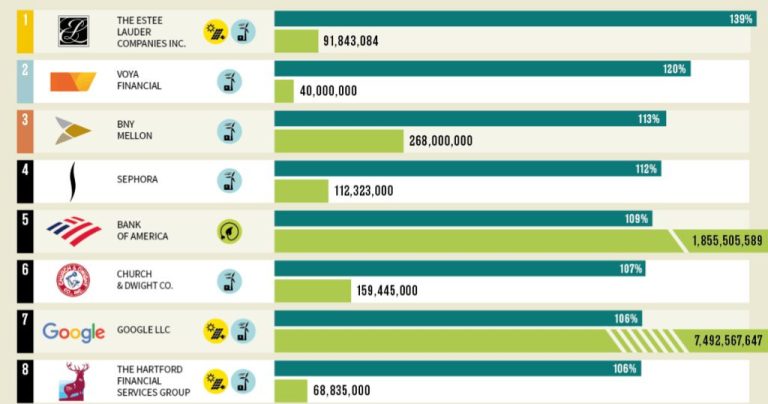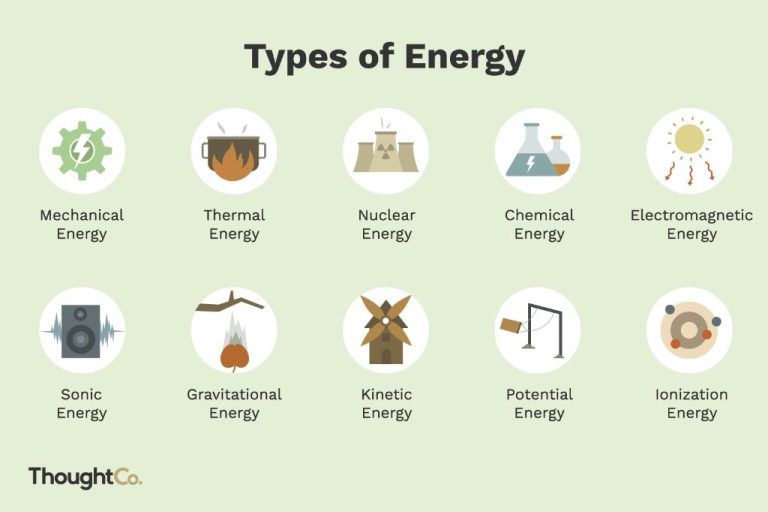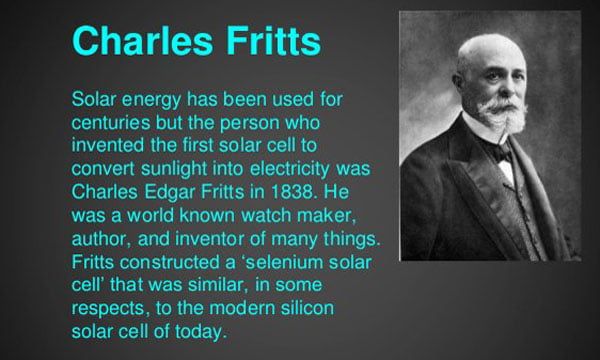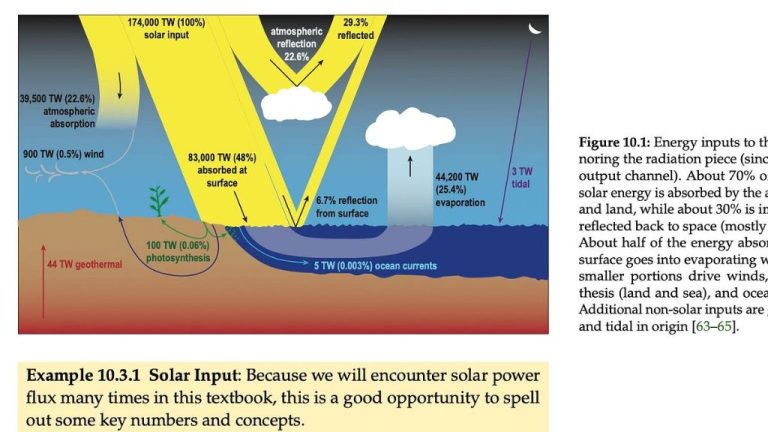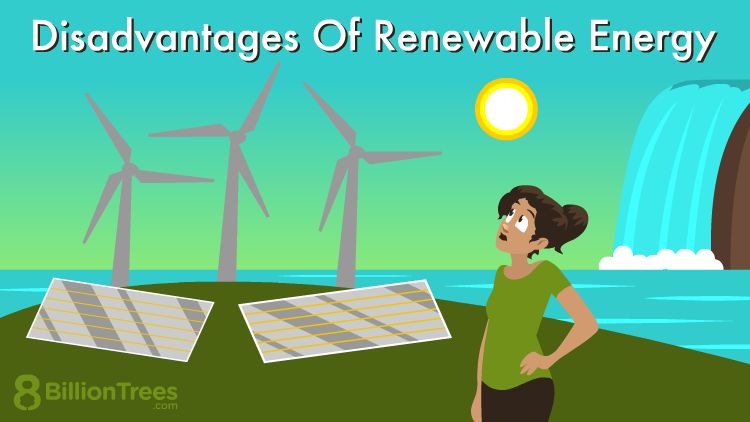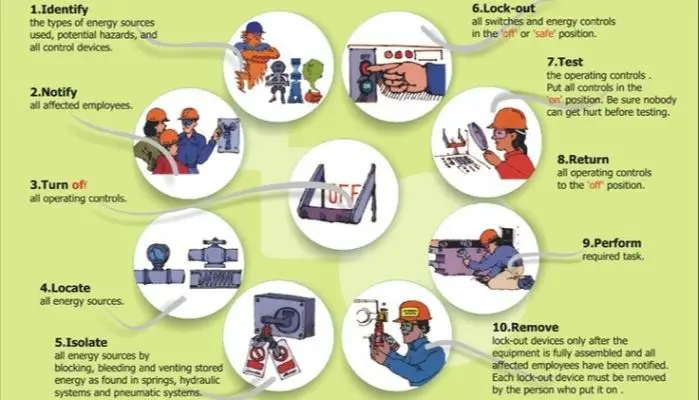Is Renewable Energy Sustainable
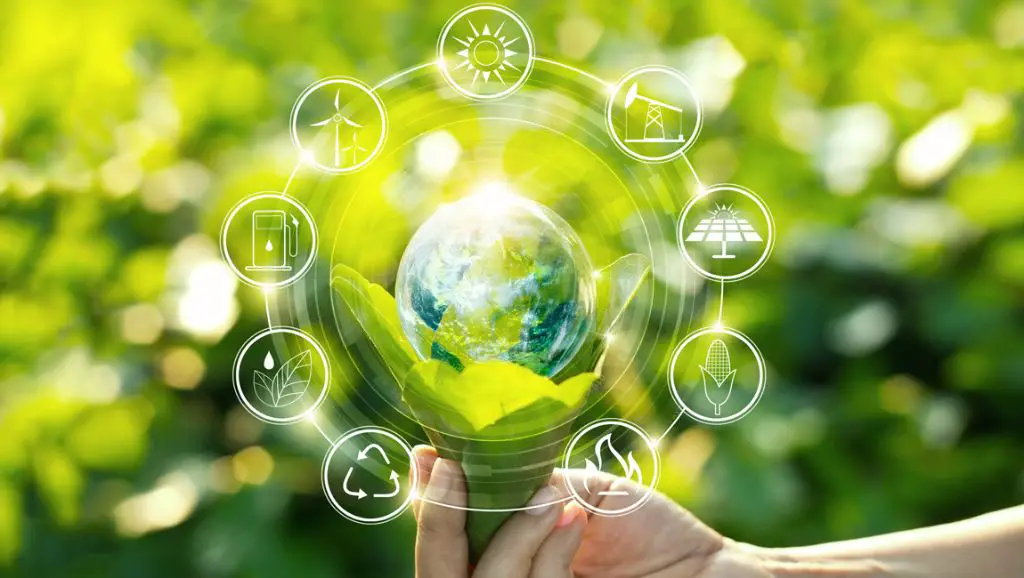
Renewable energy is defined as energy derived from natural resources that are replenished at a rate higher than or equal to their rate of consumption, such as sunlight, wind, rain, tides, waves, and geothermal heat. Sustainability refers to meeting the needs of the present generation without compromising the ability of future generations to meet their own needs. Sustainable energy enables societal development that is largely, even if not entirely, decoupled from environmental impacts (https://stopthesethings.com/2020/10/03/why-wind-solar-are-pointless-renewables-will-power-us-myth-smashed-again/).
Types of Renewable Energy
There are several major types of renewable energy sources that are in use today:
Solar energy harnesses the power of the sun to generate electricity and provide lighting and heating. Solar photovoltaic panels and solar thermal collectors are two common technologies used to capture solar energy (National Grid, 2022).
Wind power utilizes large wind turbines, usually grouped together in wind farms, to generate electricity from the kinetic power of wind. Wind turbines can be installed on land or offshore at sea.
Hydropower generates electricity by using turbines to capture the energy from flowing water. Hydropower plants are often built adjacent to dams or waterfalls to take advantage of increased water flow.
Geothermal energy taps into underground reservoirs of steam or hot water to produce energy. Geothermal plants use wells or pumps to bring the hot water or steam to the surface to power steam turbines.
Biomass energy harnesses organic plant and animal waste to produce electricity, fuel, heat and biogas. Common sources include wood, crops, manure, and municipal solid waste.
Benefits of Renewable Energy
Renewable energy sources provide many important benefits compared to fossil fuels. First and foremost, renewable energy generates little to no greenhouse gas emissions, which are the leading cause of climate change. Sources like solar, wind, hydropower and geothermal produce electricity without the harmful byproducts released from burning coal, oil and natural gas (Benefits of Renewable Energy Use). Expanding renewable energy can significantly reduce emissions and help mitigate climate change.
Another major benefit is the abundant supply of renewable resources. The sun, wind, water and heat below the earth’s surface are constantly replenished. These sources will never run out, unlike finite resources such as coal, oil and natural gas. With renewable energy, there is minimal concern of depleting resources and fuel scarcity (Local Renewable Energy Benefits and Resources). There is more than enough potential renewable energy to fulfill global demand.
In addition, renewable energy development creates jobs and economic growth. Constructing wind farms, solar installations, hydropower plants and other projects is labor-intensive. More renewable energy translates to more employment opportunities and economic stimulation, especially in rural areas. When local communities can produce their own renewable power, they become more energy independent and resilient.
There are also key public health benefits. Renewable electricity production emits far fewer air pollutants than fossil fuel combustion. This improves air quality and reduces illnesses caused by air pollution. Studies show renewable energy could prevent hundreds of thousands of premature deaths over the next few decades (U.S. Department of Energy). Ultimately, renewable energy provides a cleaner, healthier future.
Challenges of Renewable Energy
While renewable energy has many benefits, expanding its use faces some challenges. Some key challenges include:
Higher Upfront Costs
Constructing renewable energy power plants and infrastructure can involve higher upfront costs compared to fossil fuel plants. However, renewable energy costs have been falling steadily.
Intermittency
The availability of renewable resources like sunlight and wind can fluctuate based on weather and time of day. This makes managing the grid with high renewable penetration more complex. Solutions like energy storage and improved forecasting can help.
Transmission Issues
The best renewable energy resources are often located away from population centers. Significant investment in transmission lines is needed to bring renewable power to where it is needed.
Land Use Constraints
Renewable power plants can require large land areas for construction. This could compete with other land needs like agriculture and conservation. Proper siting and land management practices can limit impacts.
Is Renewable Energy Truly Sustainable?
When evaluating the sustainability of renewable energy, there are three main criteria to consider: environmental sustainability, economic sustainability, and social sustainability (Inspire Clean Energy, 2021).
In terms of environmental sustainability, renewable energy sources like solar, wind, and hydropower have very low carbon emissions and minimal impacts on ecosystems compared to fossil fuels. Renewable energy can help mitigate climate change and reduce pollution. However, some impacts still exist, such as birds killed by wind turbines or land use changes for bioenergy crops (SAIS, 2021).
For economic sustainability, costs of renewable energy have declined substantially in recent years, making them more affordable and economically viable. However, upfront capital costs can still be high. Government incentives play a major role in accelerating cost-competitiveness with fossil fuels (Inspire Clean Energy, 2021).
Regarding social sustainability, renewable energy presents opportunities for new jobs and economic development, energy access for remote areas, and community empowerment through distributed generation. But there are also social impacts from factors like visual or noise disruption from turbines. Overall public acceptance is important for large-scale adoption (SAIS, 2021).
In conclusion, renewable energy meets many key sustainability criteria but also has some limitations. Ongoing technology advances, policy support, and social acceptance will determine the ability of renewables to fully transform the energy system.
Environmental Sustainability
Renewable energy sources are widely considered to be more environmentally sustainable than fossil fuels. Renewables like solar, wind, and hydropower produce little to no greenhouse gas emissions during their operation, which helps mitigate climate change (Is Renewable Energy Sustainable?, 2022). According to the U.S. Department of Energy, life-cycle greenhouse gas emissions from renewable electricity generation range from 0.02 – 0.18 pounds of CO2 equivalent per kilowatt-hour, compared to 0.95 – 2 pounds for fossil fuel generation (Environmental Impacts of Clean Energy, n.d.).
The environmental footprint of renewable energy infrastructure such as wind turbines, solar panels, and hydropower dams is also generally smaller compared to fossil fuel power plants and pipelines. Renewable energy projects utilize less land area overall and have reduced impacts on biodiversity and wildlife habitat (Is Renewable Energy Sustainable?, 2022). The land use and habitat disturbance caused during raw material extraction and manufacturing processes remains an issue for renewables, but one that is small compared to fossil fuel extraction.
While hydropower dams and reservoirs alter water ecosystems, other renewables like solar PV and wind turbines use minimal water in their operation. Overall water usage for renewable electricity generation is estimated to be 70-90% lower than fossil fuel generation (Environmental Impacts of Clean Energy, n.d.).
In summary, renewable energy offers clear environmental advantages over fossil fuels through lower greenhouse gas emissions, land use, and water impacts. However, all energy infrastructure carries environmental tradeoffs that must be managed.
Economic Sustainability
Renewable energy can provide significant economic benefits in terms of costs, energy security, and jobs created. However, the economic sustainability depends on several factors.
In terms of costs, renewable energy has become increasingly cost-competitive with conventional sources. The levelized cost of energy for utility-scale solar and wind projects has declined dramatically in the last decade, making them cheaper than coal and gas in many markets (Chen, 2022). However, intermittent renewable sources like wind and solar require integration costs and grid upgrades to manage variability. There are also ongoing subsidies in many markets to support continued growth.
Renewables can enhance energy security and independence by relying on domestic resources rather than imported fuels. However, integration challenges, infrastructure constraints, and the need for storage and backup generation can impact energy security (UN, 2023).
In terms of jobs, renewable energy tends to be more labor-intensive than fossil fuels, creating more jobs per unit of energy produced. Solar and wind projects create construction, manufacturing, and operations jobs locally. However, these are balanced against potential job losses in displaced conventional energy sectors (Bhuiyan, 2022).
Social Sustainability
Transitioning to renewable energy sources can have many positive social impacts. Increasing access to clean, affordable energy can greatly benefit public health. Unlike traditional fossil fuels, renewable sources like solar and wind do not produce air pollution, reducing emissions that contribute to respiratory diseases. Expanded renewable energy access also promotes equity and social justice. Renewable microgrid projects can provide electricity to rural or marginalized communities lacking centralized grid infrastructure. Community-owned renewable energy projects allow local residents to have a stake in energy production. This increases community engagement and provides socioeconomic benefits.
However, large-scale renewable projects like wind farms or hydroelectric dams can disrupt communities if residents are not consulted. Proper community outreach and equitable benefit-sharing is key. Overall, with thoughtful policies and planning, renewable energy can vastly improve public health and social equity compared to reliance on polluting fossil fuels. But the transition requires ensuring projects respect and engage communities to maximize social sustainability.
Sources:
https://www.sciencedirect.com/science/article/pii/S2210670716300907
https://link.springer.com/article/10.1007/s10311-023-01587-1
The Road Ahead
While renewable energy has seen impressive growth, there are still challenges that need to be overcome for it to reach its full potential. The intermittent nature of renewable sources like wind and solar requires improvements in energy storage and grid flexibility to handle variable power generation.
The future outlook for renewable energy remains positive, with projections that renewables will continue to expand their share of the global energy mix. However, a balanced approach is needed that combines renewable expansion with energy efficiency improvements and responsible natural gas usage to ensure grid reliability during the transition.
Key to addressing these challenges will be continued technological innovation, grid modernization, and supportive government policies. The costs of wind and solar are expected to continue falling, while breakthroughs in areas like energy storage and advanced geothermal could further accelerate renewable growth.
While renewables face difficulties, their environmental and economic advantages make them critical to building a sustainable energy system. With commitment and balanced policies, the global community can maximize the benefits of renewable energy while minimizing the drawbacks.
Conclusion
When examining all aspects of sustainability, the evidence suggests that renewable energy is generally more sustainable than traditional fossil fuels. Renewable resources like solar, wind, and hydropower have less environmental impact and support long-term climate goals. They also provide economic opportunities through green jobs and energy independence. Wider adoption does face social challenges like visual impacts or land use concerns that must be addressed through careful planning and community involvement. Renewable energy is not perfect, but represents a significant improvement over the unsustainable path of fossil fuels.
Continued innovation and investment will be crucial to further advance renewable technology, improve efficiency, and lower costs. Policies should encourage the ongoing transition to renewable sources across all sectors. With the right strategies and political will, renewable energy can offer a sustainable path to meet the world’s energy needs in an environmentally and socially responsible way. Though the road ahead has obstacles, renewable energy provides perhaps the greatest opportunity for sustainable development.

